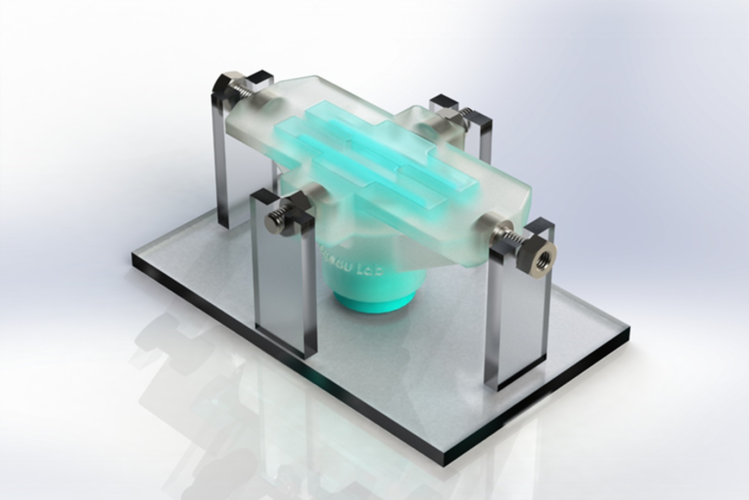Led by Professor Luc Mongeau and Assistant Professor Jianyu Li, the team has developed a new injectable hydrogel that provides room for cells to live and grow. Once injected into the body, the biomaterial forms a stable, porous structure allowing live cells to grow or pass through to repair injured organs.

“People recovering from heart damage often face a long and tricky journey. Healing is challenging because of the constant movement tissues must withstand as the heart beats. The same is true for vocal cords. Until now there was no injectable material strong enough for the job,” said Guangyu Bao, a PhD candidate in the Department of Mechanical Engineering at McGill University.
“The results are promising, and we hope that one day the new hydrogel will be used as an implant to restore the voice of people with damaged vocal cords, for example laryngeal cancer survivors,” he added.
MORE FROM MEDICAL & HEALTHCARE
During their research, which is reported in the journal Advanced Science the scientists tested the durability of their hydrogel in a machine they developed to simulate the extreme biomechanics of human vocal cords. Vibrating at 120 times a second for over six million cycles, the new biomaterial remained intact while other standard hydrogels fractured into pieces, unable to deal with the stress of the load.
“We were incredibly excited to see it worked perfectly in our test. Before our work, no injectable hydrogels possessed both high porosity and toughness at the same time. To solve this issue, we introduced a pore-forming polymer to our formula,” said Guangyu Bao.
The group claims that as well as tissue repair, the innovation could also have applications in drug delivery, tissue engineering, and the creation of model tissues for drug screening. The team is even looking to use the hydrogel technology to create lungs to test COVID-19 drugs.




First seven members join NG’s Great Grid Partnership
So in addition to (as seems likely) Great British Energy & Great British Railways we also have the Great Grid Upgrade To me, this rather … grates?